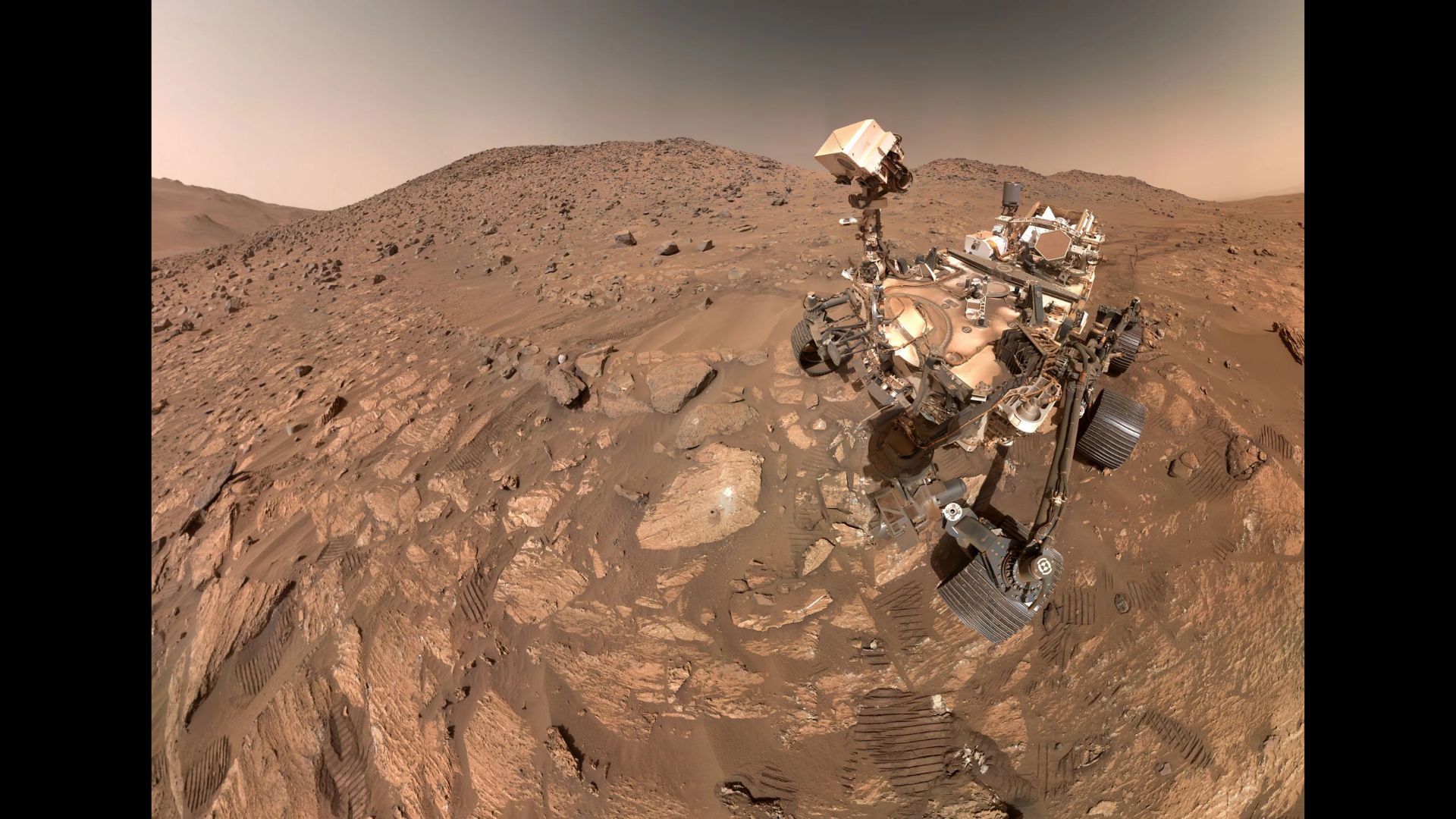North Korea Threatens Guam: Facts About the US Territory
Introduction
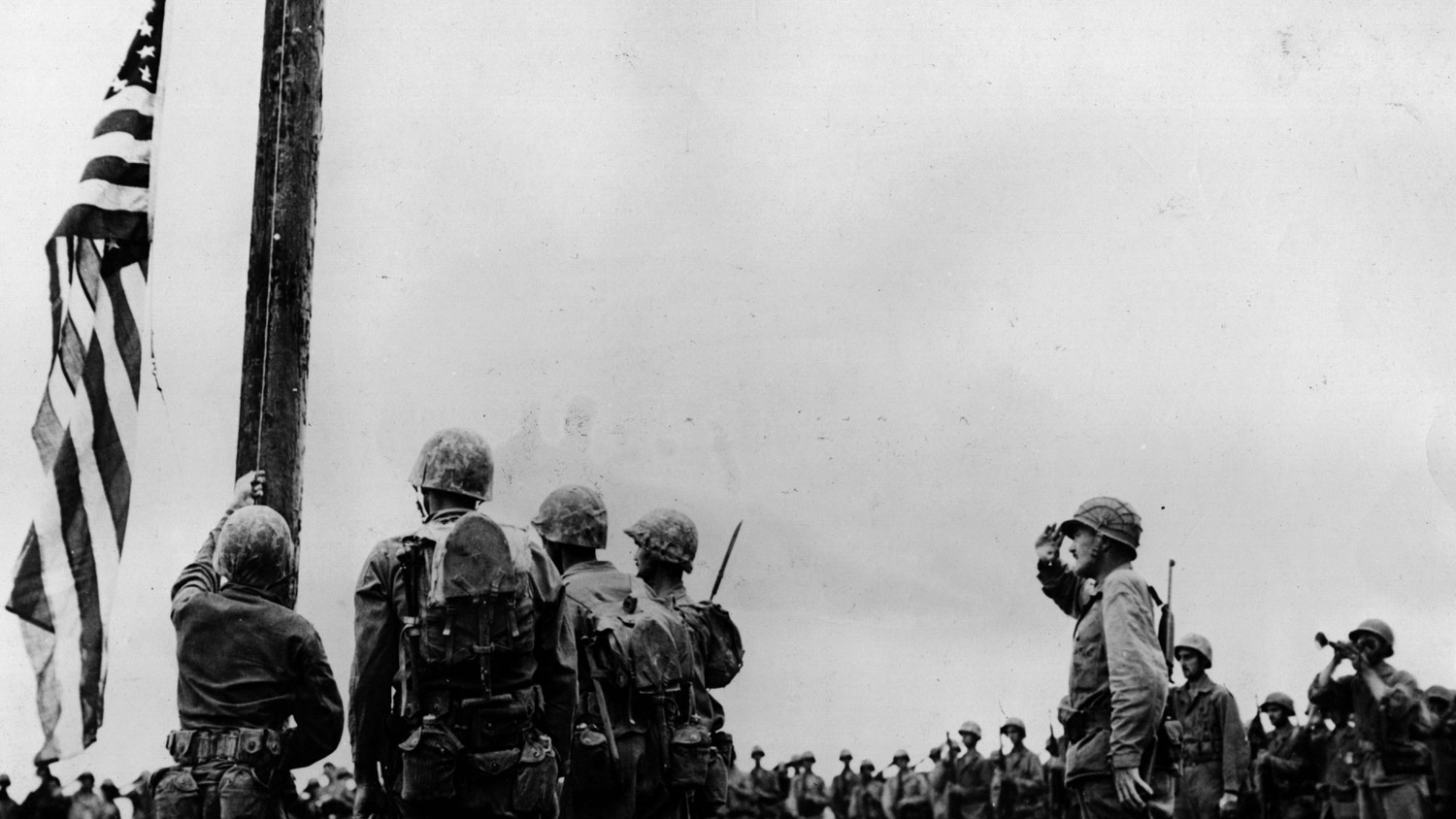
The North Korean government recently released a statement saying it was "examining" plans for a strike on the U.S. territory of Guam.
For many Americans, this is the first time that Guam, a tiny island hidden in the remote stretches of the Western Pacific Ocean, has entered their consciousness. But where is Guam, how did the United States acquire it and why would North Korea want to attack it?
From its early history to its political significance, here are 10 facts about the tiny Micronesian island.
It's a distant locale
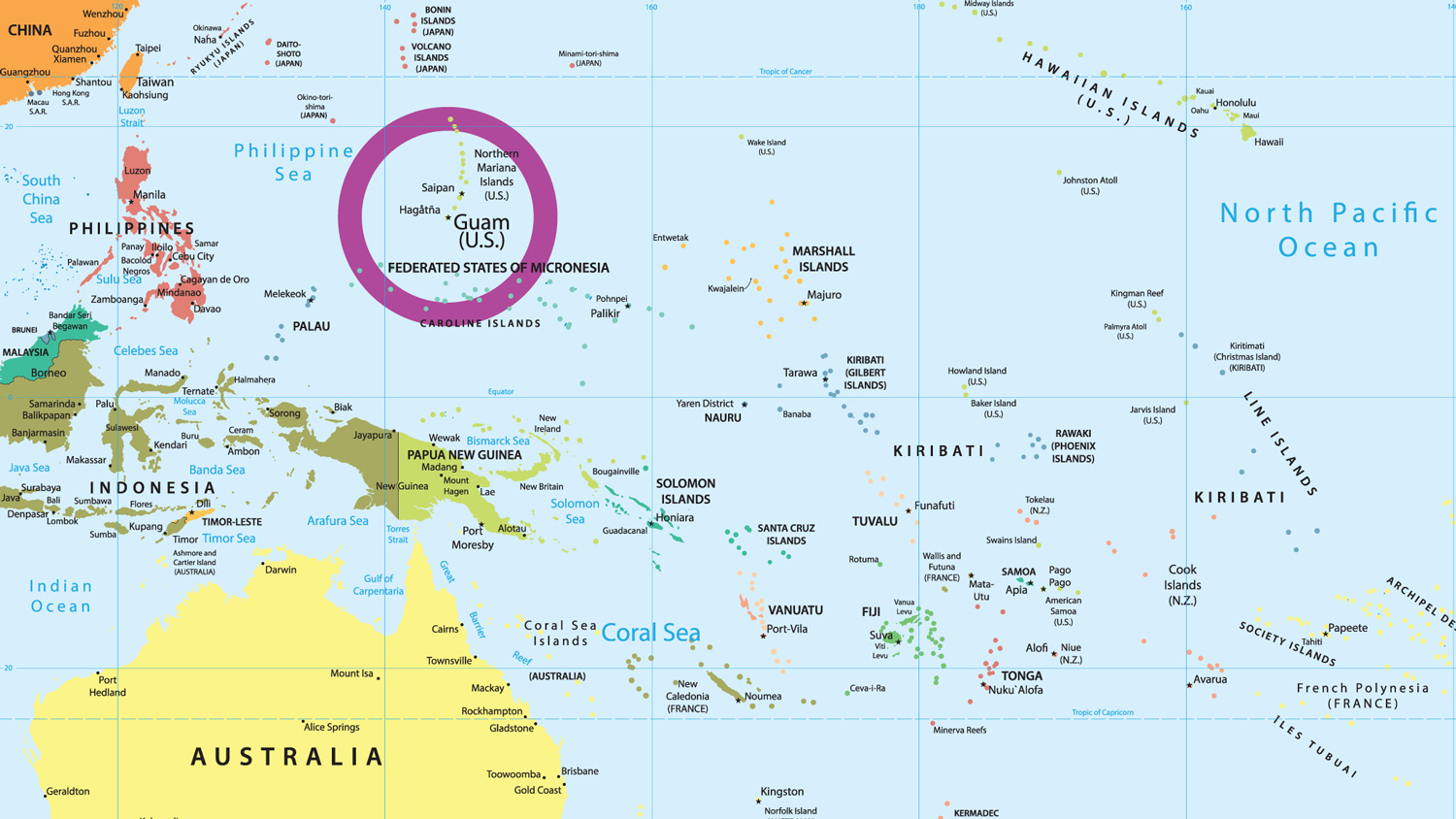
Guam sits in an area of the Pacific Ocean that could fairly be described as "the middle of nowhere."
It's located about 1,500 miles (2,490 kilometers) from the Philippines and about 1,600 miles (2,600 km) from Japan. It is part of the 500-mile-long (800 km) volcanic archipelago known as the Mariana Islands, according to "Destiny's Landfall: A history of Guam" (University of Hawaii Press, 2011). Its nearest neighbor within the Mariana Islands is about 270 miles (436 km) away.
It's a tiny but beautiful island
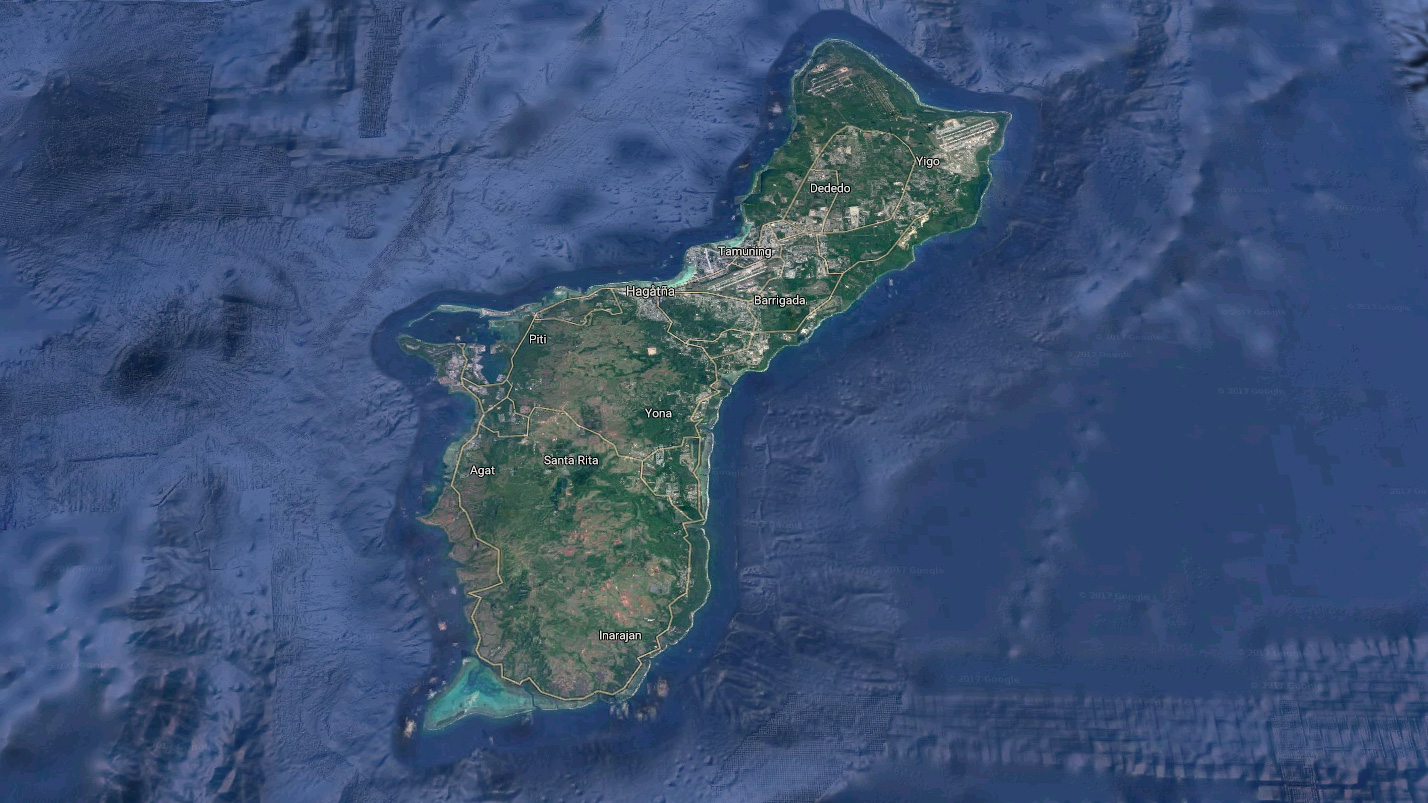
Guam is the largest of the 15 islands in the Marianas. Still, with just 210 square miles (543 square km) of land, it's about half the size of Los Angeles. The island had a population of about 162,000 in 2016, according to the World Bank.
The island is known for its white-sand beaches, and the Mariana Trench, the deepest ocean trench on the planet, isn't far away.
Get the world’s most fascinating discoveries delivered straight to your inbox.
The island chain was formed along a subduction zone — where one tectonic plate is diving beneath another — around 60 million years ago. However, it has risen above and subsided beneath the waves several times over the course of those millennia, and has millions of limestone and reef shelves formed from the skeletons of mollusks and other calcium-rich sea creatures, according to "Destiny's Landfall."
The island is also home to several unique species, such as the flightless koko bird, the damselfish and the Serianthes tree, according to the University of Guam. During World War II, brown tree snakes somehow slithered their way onto the island. The tree snakes have become huge pests and have wiped out many of the local birds and reptiles, according to the U.S. Department of Agriculture.
Humans have a long history here
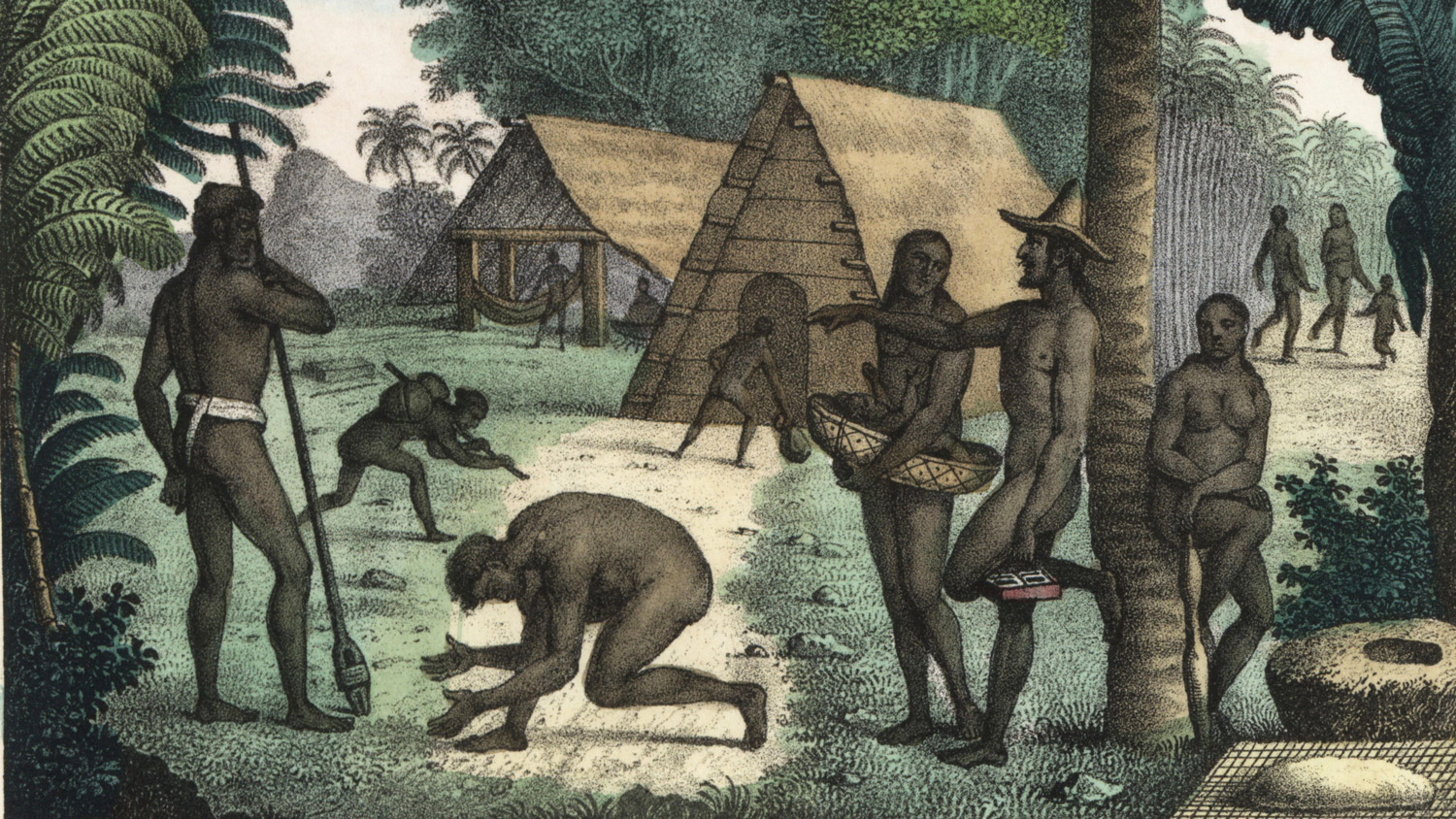
The Chamorro people, whose ancestors originally sailed from Southeast Asia, have occupied the island chain for about 4,000 years. "Chamorro," which is actually the name the Spanish used to identify the inhabitants when they first encountered them, is based on a variant of the local indigenous population's name for their high-caste members, the chamorri, according to "Destiny's Landfall."
The original indigenous people of Guam are Austronesian. Linguistic clues suggest they are most closely related to the people of Taiwan and the Philippines, according to "Destiny's Landfall." However, over years of colonial rule, the Chamorro have mixed with people from Spain, Germany, the Philippines, America and many other nations.
The first European contact was Magellan
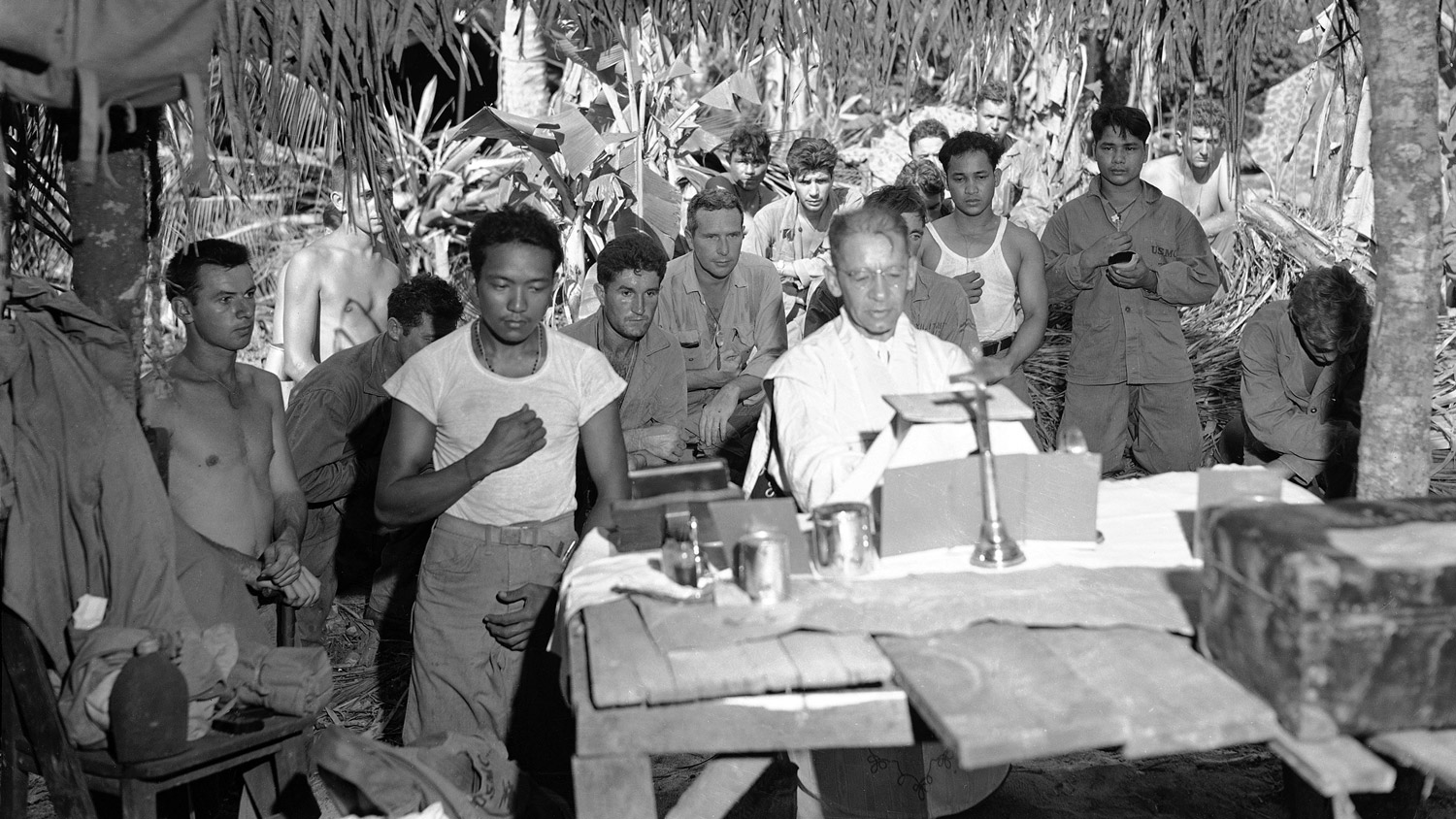
Europeans first made contact with people in this area of the Pacific in 1521, when Portuguese explorer Ferdinand Magellan first set foot on the island. Magellan had been searching for the spice islands of the Moluccas. He and his men were on poorly outfitted ships and were too ignorant of the ocean's bounty to fish for their meals, so they survived on rats, sawdust and ox-hide rigging, according to "Destiny's Landfall."
When the explorers made landfall on Guam, they were surrounded by proas, the sleek and nimble boats of the local Chamorro people, who began to take items off the Portuguese vessels. In retaliation, Magellan's men fired crossbows and killed several of the local Chamorro. The Chamorro managed to steal a skiff from the Europeans, who left and then returned the next day to take the skiff back. In the process, they burned several villages and proas and killed eight more Chamorro, before taking on more supplies and heading out again, according to "Destiny's Landfall."
For most of the next 100 years, however, there were only intermittent contacts with European sailors, including Spanish ships that docked about once a year before moving on to Acapulco, on Mexico's Pacific coast. However, in 1668, the Spanish invaded and colonized the island. They also brought missionaries, who would largely convert the island population to Roman Catholicism. [The World's Catholic Population]
Guam offers military advantages

For most of the last few centuries, Guam has been occupied militarily by a parade of different foreign powers, from Spain to Germany to Japan to the United States. This constant military domination is likely due, in part, to the island's unique geography and location. It is the largest landmass in Micronesia and the highest island in the vicinity, and it also has several safe harbors and multiple airstrips, making it perfect for a military outpost. Additionally, it sits at the intersection of the trade winds and the equatorial current, meaning that for centuries, sailors could take advantage of the prevailing winds and currents to land there for restocking or a break on the way to other destinations, according to "Destiny's Landfall."
America has a long history with Guam

America first captured Guam during the Spanish-American War in 1898. It was initially used as a way station en route to the Philippines, but its military importance grew as it became the main communication channel for a telegraph line that connected the United States mainland with Hawaii and the Philippines, according to "Destiny's Landfall."
At the time, Japan was the dominant maritime power in the Pacific, and was rapidly expanding its influence in order to access more resources. Japan occupied the island of Saipan within the Mariana Islands, just 100 miles (161 km) away, according to "Guam 1941 & 1944: Loss and Reconquest" (Bloomsbury, 2011). American leaders were concerned about the possibility of a war with Japan and some military leaders wanted to beef up military fortifications on Guam, which would serve as a crucial link in their efforts to hold the Philippines. However, support from Congress was minimal and intense military fortifications never occurred.
America instituted Jim Crow laws on the island in 1907, segregating locals from American enlisted men in terms of housing and schooling. Laws preventing intermarriage between the locals and most Navy enlisted men also took effect around this time. Guam started using American currency in 1909 and also began observing all United States federal holidays around that time. However, none of the locals could vote. But under American rule, the local people gradually did experience an increase in their standard of living, with fewer disease outbreaks and greater educational opportunities, according to "Destiny's Landfall."
Japan controlled Guam during World War II

Japan invaded Guam on Dec. 8, 1941, just a few days after its attack on Pearl Harbor. [Secret Spies, Sunken Ships: 8 Pearl Harbor Mysteries]
At the time, about 700 people defended the island, which had relatively little other military fortifications. After a token resistance, the American forces gave up. The Japanese immediately renamed the island, and would hold it for another two-and-a-half years.
Over the next few years, American forces devised an elaborate multistep plan for capturing islands, including Guam, in the Pacific. This plan was first set in motion in January 1944, with the initial conquest of the Kwajalein Atoll. Guam's recapture was part of a series of steps designed to retake islands in the South Pacific from Japanese forces, including the recapture of Saipan and Tinian, in the Mariana Islands, on the way to the Philippines. The American military retook the island of Guam from Japanese forces in the Second Battle of Guam, which lasted for about two months and ended in August 1944.
The plan called for heavy air bombardment by planes stationed at the Marshall Islands, then bombardment by ship, according to "Guam 1941 & 1944: Loss and Reconquest." American forces landed on the island in late July, and by Aug. 8, the Japanese had given up their resistance. (One Japanese holdout, Shōichi Yokoi, was found hiding in the island's jungles 28 years later, however, the New York Times reported.)
Guam residents are ambivalent about independence
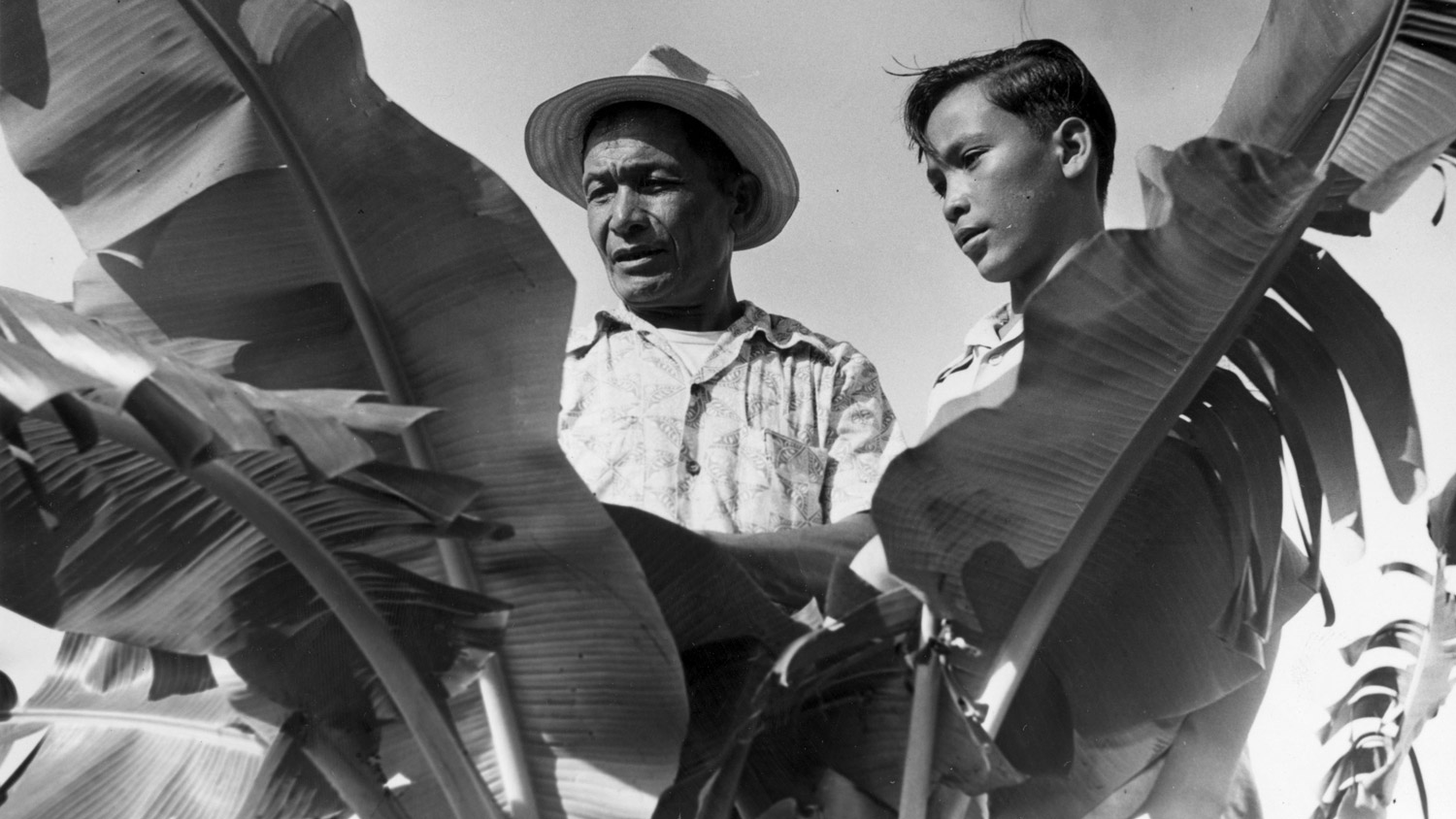
Despite more than 100 years of American occupation, the territory of Guam has continued to be in a kind of limbo: While it's not considered to be an independent nation, and its occupants are U.S. citizens with U.S. passports, they cannot vote in general elections for president. Guam has a delegate to the U.S. House of Representatives, but the individual cannot vote. (If the inhabitants of Guam move to the United States, they can vote.)
In 1950, President Harry Truman signed the Guam Organic Act of 1950, which allows native people on the island some level of self-governance, with their own elected governor, court system and legislature, and a bill of rights (which is skimpier than the one afforded Americans on the mainland, but it does provide for rights such as separation of church and state). Federal taxes would also go back to Guam's coffers, according to that act.
However, many people in Guam still chafe over this in-between status. Guam is currently an unincorporated territory, but in theory it could vote for full-fledged statehood or for full sovereignty. In several referenda over the years, however, people in Guam have consistently voted to maintain the status quo, with some improvements.
Why North Korea singled out Guam

So why did North Korea single out Guam as a likely place of attack? Aside from being a strategic hub for centuries, Guam has the advantage of being able to quickly ramp up its military protections for U.S. allies (and North Korean enemies) such as South Korea and Japan. Guam is home to about 6,000 troops and several huge military outposts, including Andersen Air Force Base and the Naval Base Guam, and is home to a nuclear submarine homing station for the United States.
In addition, Guam is home to the terminal high-altitude area defense battery (THAAD), which is designed to shoot down missiles as they reenter the atmosphere. (A second THAAD system is placed in South Korea).
Originally published on Live Science.

Tia is the editor-in-chief (premium) and was formerly managing editor and senior writer for Live Science. Her work has appeared in Scientific American, Wired.com, Science News and other outlets. She holds a master's degree in bioengineering from the University of Washington, a graduate certificate in science writing from UC Santa Cruz and a bachelor's degree in mechanical engineering from the University of Texas at Austin. Tia was part of a team at the Milwaukee Journal Sentinel that published the Empty Cradles series on preterm births, which won multiple awards, including the 2012 Casey Medal for Meritorious Journalism.


